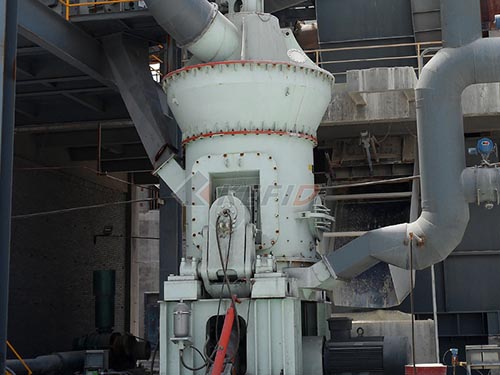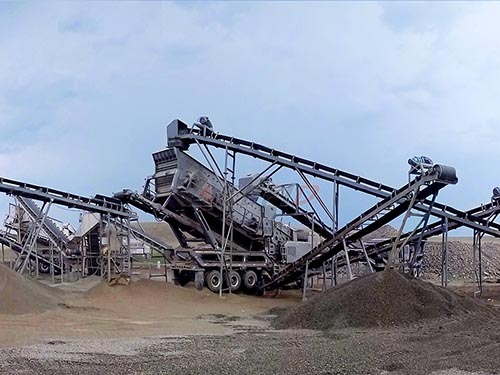The Enduring Workhorse: Bar & Cap Crushers and the Legacy of Cedar Rapids in Oklahoma’s Aggregate Heartland
The relentless rhythm of progress across Oklahoma – from the expanding urban landscapes of Oklahoma City and Tulsa to the vital arteries of I-35 and I-40 – is built upon a foundation quite literally made of stone. Beneath the modern infrastructure lies an industry powered by rugged machinery and time-tested engineering principles. Among the most crucial pieces of equipment shaping this bedrock of development are jaw crushers, and within that category, machines featuring the distinctive Bar & Cap design philosophy championed by Cedar Rapids (now part of Terex MPS) hold a particularly revered place on quarry floors across the Sooner State.
Oklahoma’s geology presents a diverse challenge for aggregate producers. From the hard, abrasive granites found in parts of the Wichita Mountains and Ouachitas to the slightly less demanding but still tough limestones dominating central regions like those around Ada and Ardmore, down to sandstones prevalent near Tulsa and shale deposits scattered statewide – processing these materials efficiently requires robust, reliable primary crushing solutions. This is where the legacy of Cedar Rapids engineering shines through its Bar & Cap crushers.
Understanding the Anatomy: What Defines a Bar & Cap Crusher?
At its core, a jaw crusher reduces large rocks by compressing them between two surfaces: one stationary (“fixed die”) and one moving (“swing die”). The magic – and durability – lies in how these crushing surfaces are held in place.
The Traditional Approach: Many older jaw designs relied on large wedges driven into slots behind massive cheek plates or directly behind the dies themselves to lock them against the crusher frame.

The Cedar Rapids Bar & Cap Innovation: Introduced decades ago on models like the legendary 3042, 3055, 3650s (often referred to colloquially as “Cedarrapids”), this system offered a more refined solution:

The “Cap”: A large steel casting bolted directly onto the main frame at the top rear.
The “Bar”: A massive steel bar runs horizontally across the backside of both fixed and swing dies.
The Mechanism: Large threaded rods pass vertically through holes near each end of this bar and thread into corresponding holes tapped into the bottom surface of the cap above it.
Tensioning: By tightening these large nuts on top of these rods against massive

Leave a Reply